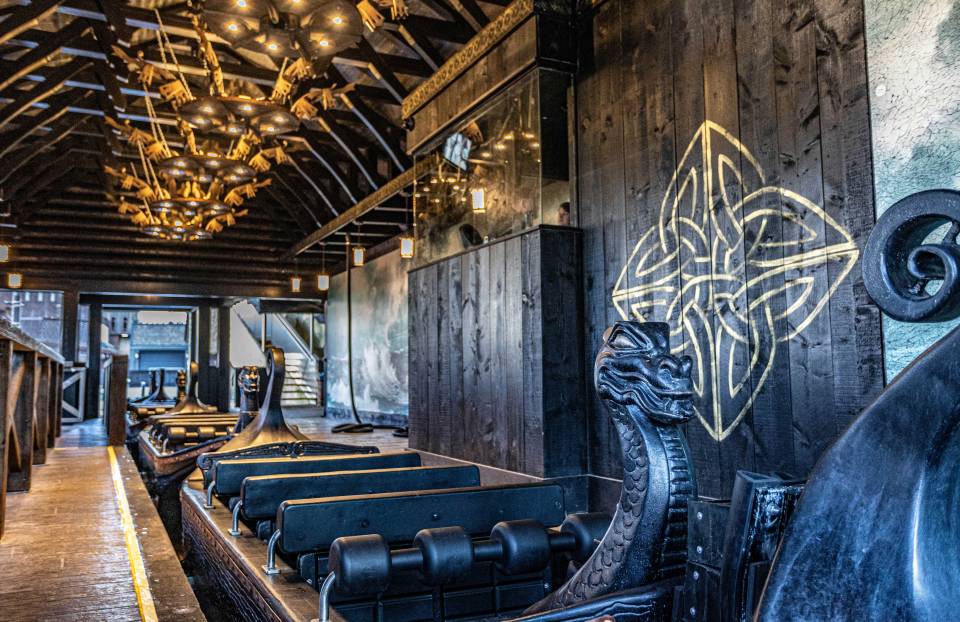Fadi Kattan published his excellent cookbook Bethlehem earlier this year, but in true contrarian style the recipe I most wanted to try at home comes not from the book, but from the menu of his Notting Hill restaurant Akub. It’s his twist on the Palestinian dish mousakhan. Rather than serving the chicken on flatbreads, it’s parcelled up in a thin dough creating rich, tangy individual mains. Because the timings fit together so neatly (the dough takes exactly as long to prove as the filling does to make) it’s far less work than you’d think to look at. There are two things you must keep the faith on while cooking: that a dough this thin can hold its filling, and that you really do need that many onions.
Drink
Anna Patrowicz, who works on the wine list at Akub, says sumac works well with Merlot — in particular the 2021 vintage from the Palestinian-owned Ashkar Winery. Or, of course, arrack.
Substitutions
Use portobello mushrooms instead of chicken for a vegetarian version. Fadi says the only acceptable substitute for sumac would be hosrom (small, sour grapes) but if you can’t find sumac, it’s unlikely you’ll find them.
Tips
Serve the bukjet mousakhan with a chopped tomato salad or yoghurt. Freeze the chicken water and use it as stock (Fadi suggests in a lentil soup or freekeh risotto).
Fadi Kattan’s bukjet mousakhan
Serves four to six
For the dough
For the filling
For the topping
To make the dough
-
In a small bowl, mix the yeast, the warm water and the sugar together. Leave for 10 minutes.
-
In a mixing bowl, mix the flours and salt and slowly incorporate the yeast, water and sugar mix in small amounts until it forms a smooth dough.
-
Once the dough is homogenous, either knead by hand or in a mixer at a slow speed for five to seven minutes.
-
Cover and leave for an hour in a warm spot.
To make the stuffing
-
In a large cooking pot, add the chicken, bay leaves, cinnamon, cardamom, the halved onion, garlic and half a teaspoon of the salt.
-
Cover with water and place on medium heat. Leave to poach for about 25 minutes.
-
Remove from the heat and take out the chicken from the broth. Pull the chicken meat off the bones.
-
Slice the 1.2kg of onions into thin half-moon-shaped slices and combine with the remaining salt, olive oil and sumac in a large pot. Place on medium-low heat and cook until confited, stirring regularly for about 30 minutes. The aim is to reduce them, not make them crispy.
-
Preheat your oven to 190C and prepare a baking tray with baking paper. Mix the onions, chicken and the oil from the onions together.
To assemble
-
Roll 50g of the rested dough into a very thin circle, approximately 20cm in diameter. Place it in a circular oiled mould or a small bowl about 12cm in diameter (you need enough overhanging dough that you can seal it in on itself).
-
Cover a baking tray with parchment paper and brush with olive oil.
-
Weigh out 200g of the chicken mix and place it in the middle of the dough.
-
Fold the sides of the dough in to cover the filling and tap it closed, then flip the mould on to the oiled baking tray.
-
Bake the bukjet mousakhan for 12 minutes.
-
While you wait, prepare the topping. In a small pan, heat the olive oil at medium heat and toast the almond slivers until golden. Remove from the pan and place on to a paper towel.
-
Once the bukjet mousakhan is baked, place it on a serving plate and sprinkle some sumac and almond slivers on top. Serve while hot.
Follow @FTMag to find out about our latest stories first and subscribe to our podcast Life and Art wherever you listen




































































































































You must be logged in to post a comment Login